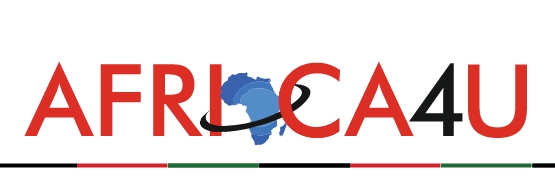(3 minutes read)
Namibia’s growth in imports outpaced the rise in exports during the month of August, with data from the Namibia Statistics Agency (NSA) showing that the country’s exports stood at N$7.4 billion in August while imports amounted to N$12.3 billion.
Namibia’s growth in imports outpaced the rise in exports during the month of August, with data from the Namibia Statistics Agency (NSA) showing that the country’s exports stood at N$7.4 billion in August while imports amounted to N$12.3 billion. The import bill for the month under review increased by 3.0% when compared to N$12.0 billion recorded during the preceding month The country’s trade deficit widened by 17% during the month of August 2023 to N$4.9 billion compared to N$3.7 billion and N$4.1 billion recorded in July 2023 and August 2022.
This deficit is the largest deficit the country has recorded between August 2022 and August 2023 and the export earnings decreased by 10.2% from N$8.2 billion recorded in the previous month to N$7.4 billion. Namibia’s current account has been trending in deficit territory, further supporting that the country is a net importer. The current account balance has narrowed since 3Q2023 driven by higher exports and lower imports. However, the primary income remains weighing down on the current balance due to negative investment income, while secondary income performs well due to SACU receipts.
Despite this, NSA notes that Namibia’s exports continue to be on an upward trajectory, recording N$67.2 billion for the first eight months of 2023, higher when compared to N$61.3 billion registered during 2022. In August 2023, the manufacturing industry emerged as the industry with the largest exported goods valued at N$4.7 billion, absorbing 63.2% of total exports, products from the industry increased by N$713 million compared to the previous month.
The NSA reports that products from the mining and quarrying industry came in second position absorbing 28.9% of the export bill in August 2023. This is despite exported goods from this industry decreasing by N$1.7 billion month-on-month. The demand side was largely dominated by products from the manufacturing industry, with an import bill of N$8.9 billion recorded in August 2023, increasing by 9.4 % from N$8.1 billion recorded the previous month. In second position was the mining and quarrying industry which stood at N$3.2 billion, resulting in a decrease of N$341 million during August 2023.
The trade deficit is expected to continue widening, primarily due to the depreciation of the Rand exchange rate, which has led to higher import costs and inflation in Namibia, the weaker Rand can potentially boost export earnings but also pose inflationary risks.
Read Also:
https://trendsnafrica.com/namibia-south-africa-bilateral-trade-n67-1-billion/
South Africa emerged as the country’s largest export destination, with a share of 23.6% of all goods exported, followed by Botswana with a share of 20.6%. Furthermore, Zambia, Belgium and Spain formed part of Namibia’s top five export markets. The demand side saw South Africa maintaining its first position as the country’s largest source of imports, accounting for 36.1% of total imports into Namibia followed by China in the second position with 6.7% of the market share. India, Germany, and Saudi Arabia also formed part of Namibia’s top five import markets.





